Paulo S. Rodrigues
MIRA: A Computational Neuro-Based Cognitive Architecture Applied to Movie Recommender Systems
Feb 27, 2019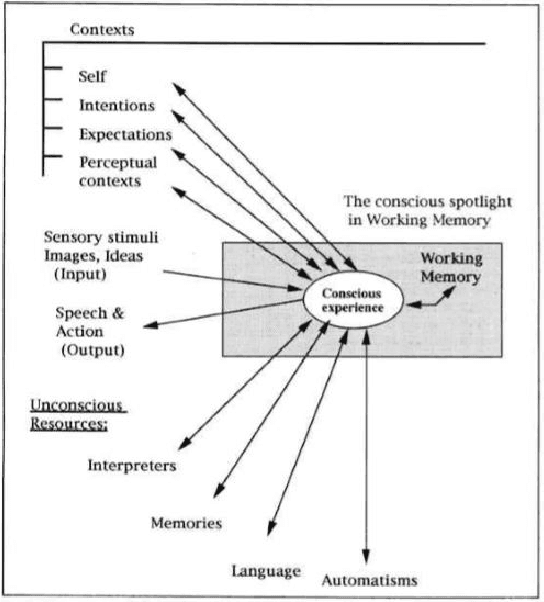
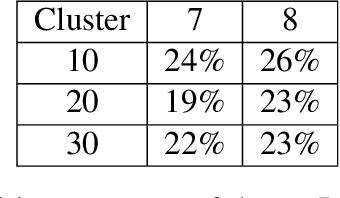
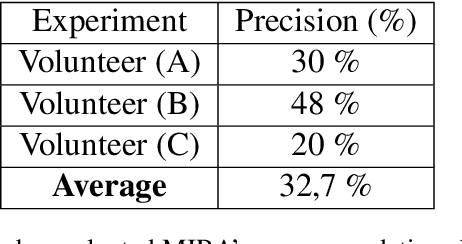

Abstract:The human mind is still an unknown process of neuroscience in many aspects. Nevertheless, for decades the scientific community has proposed computational models that try to simulate their parts, specific applications, or their behavior in different situations. The most complete model in this line is undoubtedly the LIDA model, proposed by Stan Franklin with the aim of serving as a generic computational architecture for several applications. The present project is inspired by the LIDA model to apply it to the process of movie recommendation, the model called MIRA (Movie Intelligent Recommender Agent) presented percentages of precision similar to a traditional model when submitted to the same assay conditions. Moreover, the proposed model reinforced the precision indexes when submitted to tests with volunteers, proving once again its performance as a cognitive model, when executed with small data volumes. Considering that the proposed model achieved a similar behavior to the traditional models under conditions expected to be similar for natural systems, it can be said that MIRA reinforces the applicability of LIDA as a path to be followed for the study and generation of computational agents inspired by neural behaviors.
A Formal Evaluation of PSNR as Quality Measurement Parameter for Image Segmentation Algorithms
May 23, 2016



Abstract:Quality evaluation of image segmentation algorithms are still subject of debate and research. Currently, there is no generic metric that could be applied to any algorithm reliably. This article contains an evaluation for the PSRN (Peak Signal-To-Noise Ratio) as a metric which has been used to evaluate threshold level selection as well as the number of thresholds in the case of multi-level segmentation. The results obtained in this study suggest that the PSNR is not an adequate quality measurement for segmentation algorithms.
Gradient Vector Flow Models for Boundary Extraction in 2D Images
Jul 20, 2005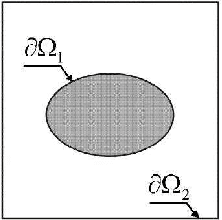

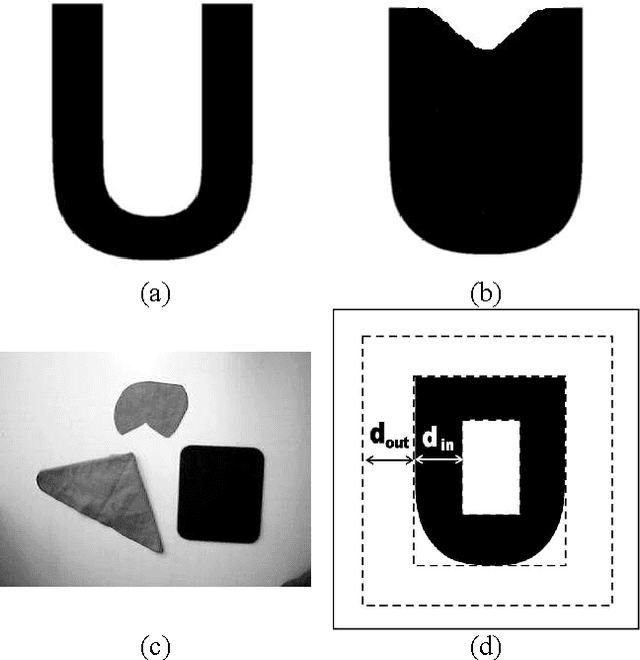

Abstract:The Gradient Vector Flow (GVF) is a vector diffusion approach based on Partial Differential Equations (PDEs). This method has been applied together with snake models for boundary extraction medical images segmentation. The key idea is to use a diffusion-reaction PDE to generate a new external force field that makes snake models less sensitivity to initialization as well as improves the snake's ability to move into boundary concavities. In this paper, we firstly review basic results about convergence and numerical analysis of usual GVF schemes. We point out that GVF presents numerical problems due to discontinuities image intensity. This point is considered from a practical viewpoint from which the GVF parameters must follow a relationship in order to improve numerical convergence. Besides, we present an analytical analysis of the GVF dependency from the parameters values. Also, we observe that the method can be used for multiply connected domains by just imposing the suitable boundary condition. In the experimental results we verify these theoretical points and demonstrate the utility of GVF on a segmentation approach that we have developed based on snakes.
 Add to Chrome
Add to Chrome Add to Firefox
Add to Firefox Add to Edge
Add to Edge